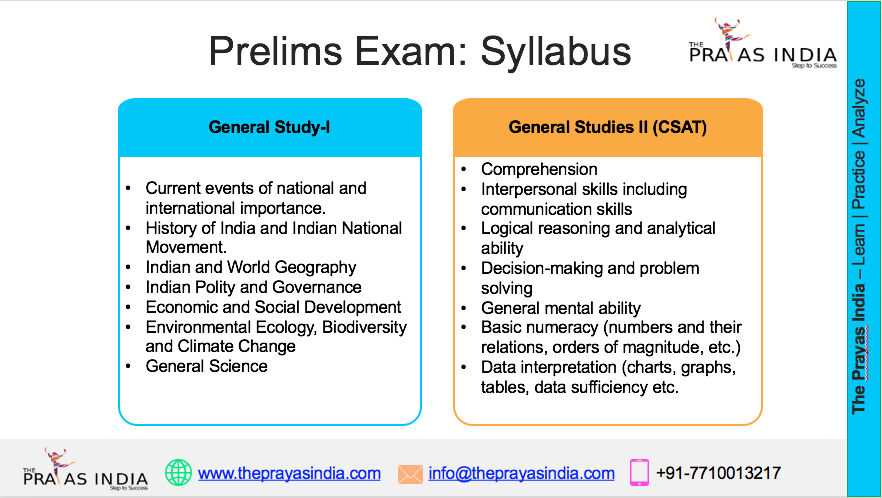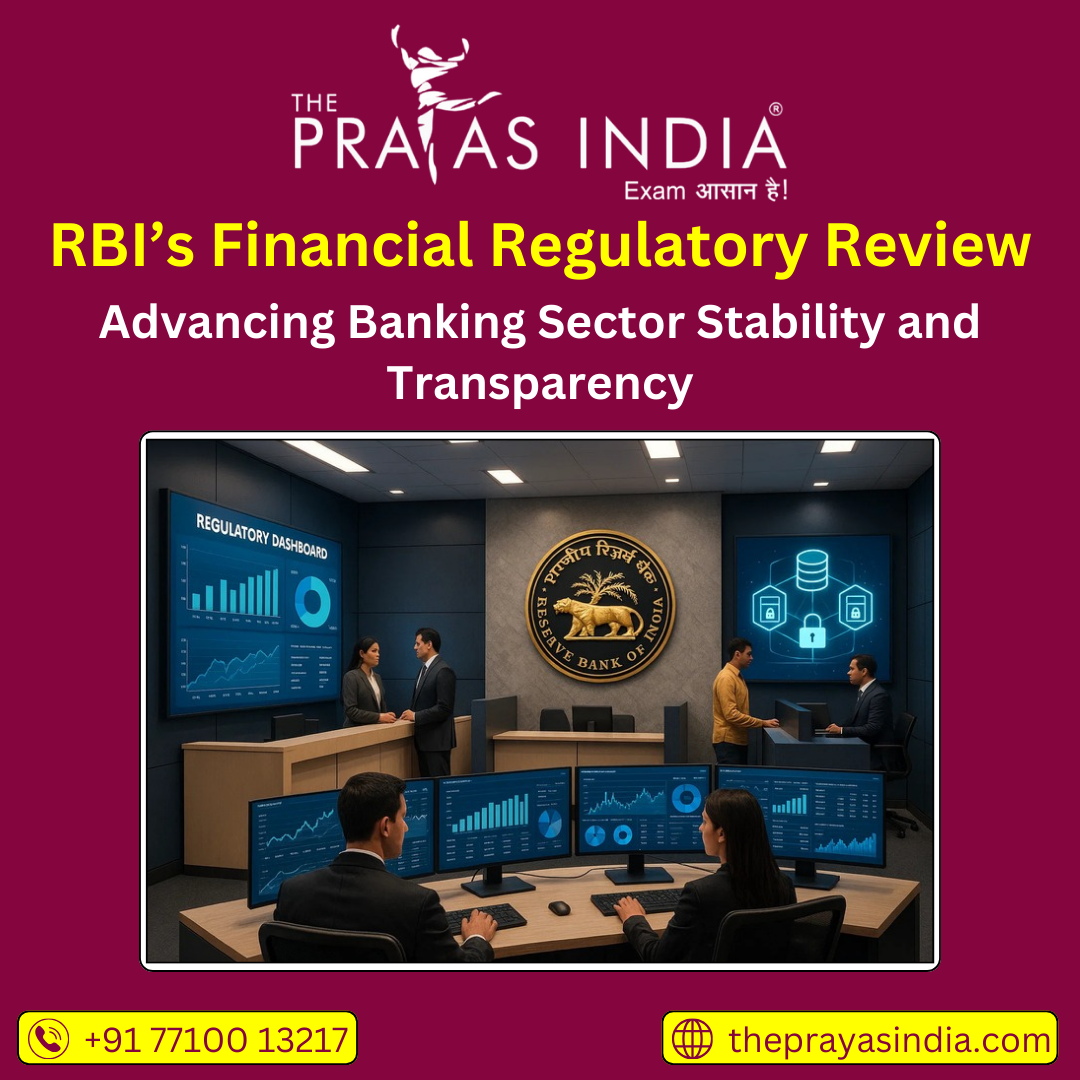President of India: A key component of the Union Executive is the President, which is crucial for the Preliminary, Main, and Interview stages of the IAS Exam. The President of India is the head of state and is frequently referred to as India’s founding father. Articles 52 through 78, including those pertaining to the President (Article 52-62). These articles provide details on a president’s election process, who is the president of India, How he is elected as well as the impeachment procedure. All national legal and governmental process, including elections and democratic rights, must be thoroughly understood by you.
In this article, we will learn about the Rashtrapati of India, or the President of India. We will provide the answers to questions like Who is the President of India?, Who is the Current President of India?, Salary of President of India?, How is a President Elected? Impeachment Procedure? and more.
I urge anyone preparing for the UPSC or other competitive exams to visit our website before we start. Then, join us on Telegram for updates and study materials. We provide free counseling, free webinars, free access to current affairs, and much more.
WHO IS CURRENT PRESIDENT OF INDIA?
Both the nation’s first citizen and its head of State are India’s President. There must be a President of India, according to “Article 52” of the Indian Constitution. The President is a prominent union executive member and hence plays a significant part in the UPSC Exam, along with the Vice President, Prime Minister, Council of Ministers, and Attorney General. The President (Articles 52 to 62), which are covered in this article, is included in the UPSC Indian Polity and Governance Syllabus. Ram Nath Kovind is current President of India. The President of India must serve a five-year term, according to Article 56 of the Indian Constitution.
Why in the news:
Presidential Election 2022:
The 16th presidential election in India will take place in 2022.
On July 24, 2022, Shri Ram Nath Kovind, the current President of India, would have served his full term.
The Election Commission just set the following schedule for the 2022 Presidential Election by issuing a notification:
-
- The deadlines for nominations are June 29, 2022, nominations are scrutinized on June 30, 2022, candidates can withdraw their candidacies until July 2, 2022, and a poll will be held on July 18, 2022, if necessary.

HOW IS THE PRESIDENT OF INDIA ELECTED?
The Indian President is not chosen directly. Instead, he is chosen by an electoral vote. The elected members of the following groups make up the electoral college that decides who becomes President:
- Rajya Sabha and Lok Sabha
- States’ legislative assemblies (Legislative Councils have no role)
- Delhi’s and Puducherry’s respective legislative assemblies
How is the value of each vote calculated?
- Each MP or MLA’s vote does not count as one vote.
- Each vote cast by an MP in the Lok Sabha and Rajya Sabha has a fixed value of 708.
- According to a computation that takes into account each State’s population in relation to the number of legislators in its legislative Assembly, each MLA’s vote worth varies from State to State.
- According to the Constitution (Eighty-fourth Amendment) Act of 2001, the states’ population is currently determined using data from the 1971 Census. When the census results from the one taken after 2026 are released, this will alter.
Following are the values of an MLA’s and MP’s votes:

PRESIDENT OF INDIA: ARTICLE 52- 62
The list of significant articles related to the president of India is provided below.
| ARTICLE | PROVISION |
| Article 52 | According to the Indian Constitution, there must be a president. |
| Article 53 | Power of the union to execute |
| Article 54 | President is chosen (Election) |
| Article 55 | Presidential Election Procedure |
| Article 56 | President’s term of office |
| Article 57 | Re-election eligibility |
| Article 58 | Qualifications for the presidency |
| Article 59 | Conditions of the President’s Office |
| Article 60 | President’s oath or affirmation |
| Article 61 | President’s impeachment procedure |
| Article 62 | when the presidential election will be held, how long the winner will stay in office, and who will be chosen to replace any temporary vacancies |
PRESIDENT OF INDIA: ELIGIBILITY
- He needs to be an Indian citizen.
- He had to be at least 35 years old.
- He cannot hold a position of profit for the Government of India, the Government of any State, or any other local or governmental authority under their jurisdiction.
- He must meet the requirements to be elected to the Lok Sabha, the House of the People.
The election of India’s President does not include the following individuals:
- Nominated Rajya Sabha Members
- Nominated State Legislative Assembly members
- In bicameral legislatures, members of the legislative councils are both elected and nominated.
- Members of the Delhi and Puducherry union territories who have been nominated
PRESIDENT OF INDIA: CONDITION OF THE PRESIDENT’S OFFICE
A candidate seeking President must meet the following requirements:
- He is ineligible for both the Lok Sabha and the Rajya Sabha. On his 1st day in office as President, if he has previously served in either house, he must resign from his position.
- No position of profit should be held by him.
- Rashtrapati Bhavan is made available to him as his dwelling without the need for rent.
- His privileges, payments, and compensation are decided by Parliament.
- During his term in office, Parliament cannot reduce his remuneration and benefits.
- Even for his personal activities, he is granted immunity from any criminal prosecution.
- The President is not subject to arrest or detention. Only civil actions may be brought against him for his own actions, only after two months’ notice.
How long is the President’s term in office?
The President’s term in office is for a period of five years. Given that no new election or President has been chosen as of that point, he continues to work in the position even after five years have passed. There is no limit on how many times he can be re-elected.
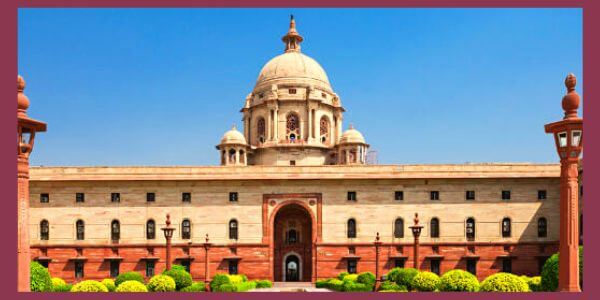
WHAT IS THE PROCESS FOR IMPEACHING A PRESIDENT?
- The process for the President’s impeachment is described in Article 61.
- The process is essentially judicial.
- Constitutional violations are the sole basis for impeachment.
- Any house of the Parliament may begin the President’s accusation. Charges must take the form of proposals included in resolutions.
- A minimum of one-fourth of the House’s members must sign the notice requesting the motion to move the resolution.
- A 14-day notice is required in advance.
- The originating house must vote to impeach the President with a special majority.
- It is then forwarded to the other house for review. The investigating horse is from the opposite home. A select committee is established to investigate the allegations against the President.
- The Indian President has the right to represent himself throughout the proceedings through licensed counsel. He has the option of representing himself or designating any individual/lawyer or the attorney general of India to do so.
PRESIDENT OF INDIA: SALARY
India’s current President is Ram Nath Kovind. The most immense Presidential Palace in the world, Rashtrapati Bhavan, is where Kovind resides.
The monthly salary of India’s President is Rs. 5 lakh. The President of India receives a number of allowances in addition to his monthly salary. The following are a some of the allowances:
- Rashtrapati Bhavan is the President of India’s official home. Rashtrapati Bhawan, which is situated in New Delhi, has 340 rooms and a 2,00,000 square foot floor area.
- The Indian President is entitled to free lifetime medical care.
- The President of India (Rashtrapati of India) is entitled to a black Mercedes Benz S600 (W221) Pullman Guard that has been specially manufactured. For formal visits, the President also uses a fully armored stretch limousine.
- After retiring, the President of India is entitled to numerous benefits. Here are a few of them:
- One furnished bungalow is available without rent (Type VIII).
- Two free landlines as well as a cellphone.
- A pension of Rs. 1.5 lakh every month currently.
- President’s spouses would receive Rs. 30,000 in monthly secretarial support.
- Five personal employees.
- 60,000 rupees in annual labor costs.
- Free plane or train transportation when traveling with a friend.

CONCLUSION— PRESIDENT OF INDIA
In conclusion, The role of the President is incredibly important since it is essential to preserving the country’s political cohesion and protecting constitutional rights. The President is the head of state. Thus, you must be familiar with all the requirements, Who is the President of India, the current Indian President, the election process, the salary, and the removal procedures, among other things, in order to pass the UPSC exam. Additionally, remember to check the official UPSC website for updates on the exams.
FAQs— PRESIDENT OF INDIA
What is the salary of President of India?
The salary of the president was raised by the Indian government to 1.5 lakh on Sept 11 2008. In India’s 2018 Union budget, this sum was further increased to 5 lakh.
Who is the current president of India?
Ram Nath Kovind, who took office on July 25, 2017, is the current president.
Who is all appointed by the Indian President?
The Chief Justice and other high court justices from states and union territories as well as the Supreme Court of India. The General Auditor and Comptroller. The Chief Election Commissioner and other Election Commissioners.
Which Indian woman served as the country's first president?
New President Pratibha Patil is sworn in by Chief Justice of India K. G. Balakrishnan. India’s 12th President took office on December 19, 1934. The first woman and Maharashtrian to hold this position, respectively.
EDITOR’S NOTE | PRESIDENT OF INDIA
In conclusion, we covered the following topics: the President of India (Rashtrapati of India), how the President is elected, eligibility, the impeachment procedure, the President’s salary, etc. Please read the complete article and take notes. To prepare for the UPSC exam, you should focus on this subject.
Best wishes for success!!


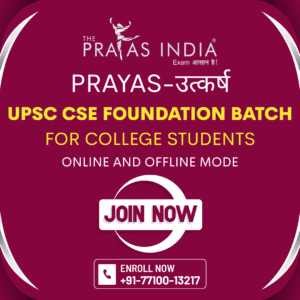
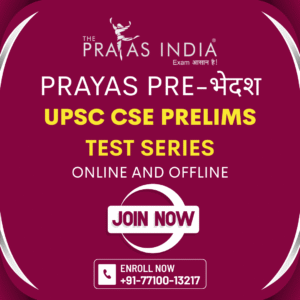
![Prayas-तेजस [UPSC CSE Sociology Optional] – Online & Offline](https://theprayasindia.com/wp-content/uploads/2025/09/Prayas-तेजस-UPSC-CSE-Optional-Subject-The-Prayas-India-300x300.png)
![Prayas-सूत्र [UPSC CSE Materials (Hardcopy)]](https://theprayasindia.com/wp-content/uploads/2025/09/Prayas-सूत्र-UPSC-CSE-Study-Materials-Hardcopy-The-Prayas-India-300x300.png)
![Prayas-मंत्रा [UPSC CSE CSAT]](https://theprayasindia.com/wp-content/uploads/2025/09/Prayas-मंत्रा-UPSC-CSE-CSAT-The-Prayas-India-300x300.png)
![Prayas सारथी [UPSC CSE One on One Mentorship]](https://theprayasindia.com/wp-content/uploads/2025/09/Prayas-सारथी-UPSC-CSE-One-on-One-Mentorship-The-Prayas-India-300x300.png)




